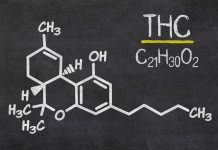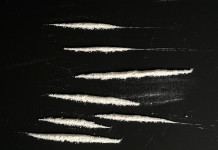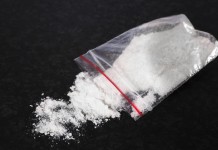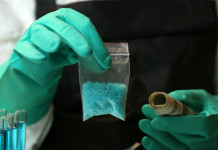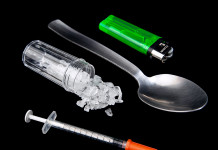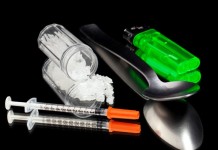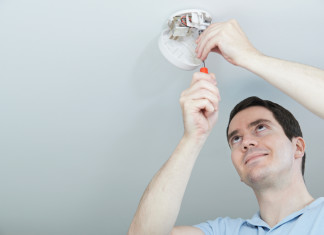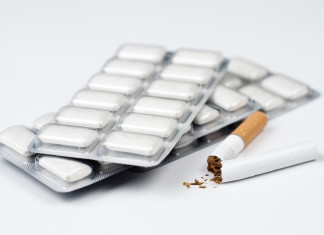Q: I recently heard about a case where carpet cleaners were blamed for a building evacuation because of high carbon monoxide levels. Is it possible that this could really happen?
A: Carpet cleaners and restorers frequently utilize equipment that if misused can result in elevated carbon monoxide (CO) levels. Many carpet cleaners use gasoline-powered truckmounts, and restorers frequently use other types of gasoline-powered equipment, such as generators and pumps. Most carpet cleaners and restorers who operate equipment powered by gasoline know that the equipment should never be operated while in a garage or other enclosed space.
Seemingly trivial factors, however, can significantly impact the amount of CO that can be drawn into a building including anything that might slow the dispersal of the exhausted CO. Carports, overhangs, narrow alleys, semi-enclosed loading docks, and even shrubbery can contribute to a buildup of CO in the vicinity. Then, if air currents or pressure differentials are just right, CO can enter into the building, either through the door where the hoses enter the building or through a “fresh air” intake for the mechanical system. One of these conditions is probably what happened in the case mentioned in the question.
To prevent CO levels from becoming a problem, equipment should be located at a safe distance from the door and, if possible, situated so that the exhaust is aimed away from the building. High levels of CO can still be reached due to unusual air currents and pressure relationships even when equipment is located at what would seem to be an adequate distance from the doorway. Because CO has no warning properties, exposed persons can easily be overcome. Therefore, while working with combustion devices, monitoring the indoor air for combustion gases might not be a bad idea.
What Is Carbon Monoxide?
Carbon monoxide is a colorless, odorless, tasteless, highly toxic gas that is usually a product of incomplete combustion. Some common sources of carbon monoxide include automobile exhaust, improperly vented fireplaces, and un-vented heating systems.
How Big a Problem is CO Poisoning?
According to a study conducted by the California Department of Health Services, unintentional carbon monoxide poisoning was responsible for 444 deaths in California over a 10-year period. The Colorado Department of Public Health and Environment has reported that 40 percent of work-related carbon monoxide poisonings were attributed to the use of gasoline-powered equipment. Pressure washers, compressors, floor buffers, and carpet cleaning equipment were specifically mentioned as the types of equipment that have contributed to these poisonings.
There is no comprehensive database that tracks carbon monoxide poisonings in the United States, but the U.S. Bureau of Labor Statistics has estimated that private industry had 900 incidents of work-related carbon monoxide poisoning in 1992, with 32 of the cases being fatal.
What Are the Symptoms of CO Poisoning?
The severity of symptoms is determined by three primary factors:
- The concentration of CO
- The length of exposure
- The workload and breathing rate of the person exposed
Assuming a moderate level of activity, CO concentrations of 80 to 100 parts per million (ppm) for one to two hours can result in feelings of severe fatigue, and may bring on chest pain and irregular heartbeat. Symptoms associated with CO concentrations of 100 to 200 ppm include headache, nausea and mental impairment. Exposure to concentrations of 700 ppm for one hour or more can cause more serious central nervous system effects including, but not limited to, coma and death.
Nervous system effects may include confusion, personality changes and staggering. The resulting weakness and confusion may make it difficult for the victim to recognize and avoid further exposure. Symptoms may persist for days and up to weeks after exposure, and some victims may suffer permanent physical harm.
Illnesses caused by exposure to CO often go unrecognized, as the symptoms are similar to those of many other diseases. Unless several people are affected at the same time, workers may not even consider the possibility of CO poisoning.
Regulations and Recommendations
Federal OSHA has established a permissible exposure limit of 50 ppm as an eight-hour time-weighted average [29CFR 1910.1000].
The National Institute of Occupational Safety and Health has issued a recommended exposure limit of 35 ppm as an eight-hour TWA, with a ceiling limit of 200 ppm. A concentration of 1,200 ppm is considered an immediate danger to life and health.
The American Conference of Governmental Industrial Hygienists has adopted a CO threshold limit value of 25 ppm as an eight-hour TWA (Note: Of these recommendations, only the OSHA PEL is actually a regulation.).
CO Generation
CO can be generated by small gasoline engines like those in truckmounts, and those engines can produce deadly levels of CO in a remarkably short period of time. NIOSH performed a study of the CO levels generated by a 5.5 hp pressure washer operating inside an 8,360-cubic-foot two-car garage, using two different ventilation scenarios.
In the “worst-case” scenario, all the garage doors and windows were closed. CO levels reached 200 ppm in less than five minutes, immediately-dangerous-to-life-and-health levels of 1,200 ppm in less than 15 minutes, and 1,500 ppm in 19 minutes.
In the “best-case” scenario, with both garage doors and a window completely open, CO levels reached 200 ppm (the NIOSH ceiling level) in less than three minutes and peaked at 658 ppm in 12 minutes.
This study showed that acute toxic levels of CO can be generated within three to five minutes by a small engine operated indoors, even with what would seem to be adequate ventilation.
Prevention
NIOSH recommends that:
* Gasoline-powered engines, tools, and other combustion sources must never be operated inside buildings or even in partially ventilated areas, such as parking garages. Such equipment should be operated outside and well away from air intakes or other building openings, with only the hose or cord run inside.
* All workers should be trained to recognize the sources and conditions that can contribute to CO generation and accumulation, as well as the signs and symptoms of CO overexposure.
* Workplace surveys should be conducted to identify potential sources of CO exposure.
* Workers should use CO monitors with audible alarms whenever any potential carbon monoxide source is present.
* If symptoms are noted, turn off equipment and evacuate occupants to an area with fresh air until it has been confirmed that acceptable conditions have been established in the work area.
* Affected persons should not drive. Call 911, or have someone else drive the victim to receive medical attention (Note: Standard air-purifying and powered air-purifying respirators provide no protection again CO.).
Monitoring
Many carbon monoxide monitors are now available, with some priced under $50. Unfortunately, these types of monitors, usually installed in homes, are not designed for workplace environments and may not be adequate for monitoring worker safety.
Prices of active air pump monitoring devices for workers begin at around $300. Disposable badges are available starting at around $3 each, but such passive monitors are generally considered to be less effective than active devices.
The employer has a legal obligation to protect workers against hazards. Since personal protective equipment is not a realistic option for protection against CO, the employer must establish work-site controls, such as where vehicles can park, prohibiting equipment operation indoors, and monitoring indoor air levels to protect workers.


